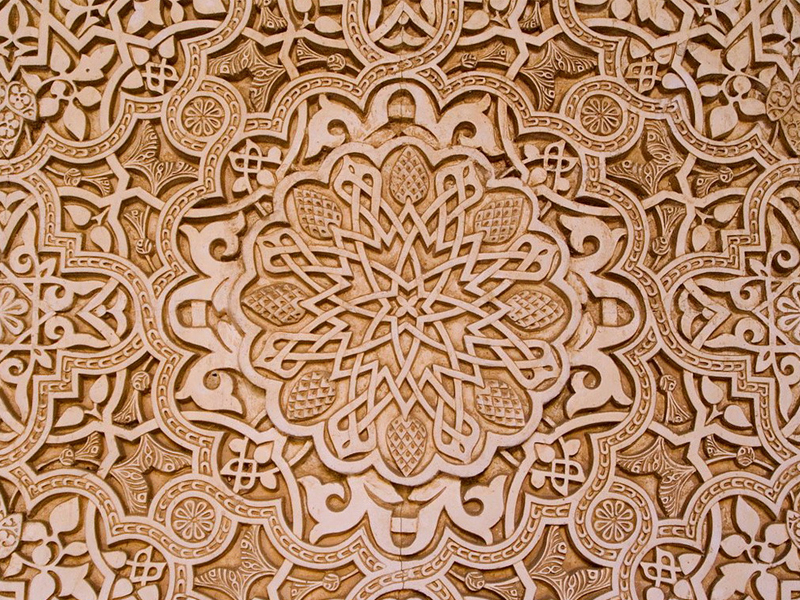



Attraction

Recreation

(mid of XI century, Khorezm, Ghazna).Mathematician and astronomer
Biography
Abu Nasr Mansur ibn Iraq was born into a family of Khorezm shahs (governors of Khorezm) called Afrigides. Few biographical data have retained to date. It is known that in 995 he lived and worked in Kyat (now the city of Beruni) – the capital of Khorezm. He was one of the founders of the Academy belonged to the governor of Khorezm called Ma’mun, as well as the teacher and friend to Abu Rayhan Beruni. Rendering the genius of his learner his due, Ibn Iraq dedicated a series of his treatises to the young scholar Abu Rayhan Beruni.
In 1017 the sultan Mahmud Gaznavi had moved him and Abu Rayhan Beruni to the city of Gazna where he went on his work at the sultan’s court. To the date he had worked in Kyat – the capital of Afrigides and Urgench. He died in 1036.
The Main Scientific Works
His main work on astronomy — al Majisty ash-shahi («Personal Almagestum») is considered lost.
Apart from this, he is the author of the works written in the Arabic language including,:
Kitab fi sun’ati al-musabl («The book of heptagon construction»), in which he describes the basics of geometrical constructions;
Islah kitab Manalaus fil-qurriyyat («Comments on Spherics of Menelay») – a manuscript meant to give the proof for the theory of Menelay on spherical triangles;
Maqala fi islah shakl Manalaus fi-l qurriyyat («A book on improving suggestions of Menelay in «Spherics»), which sets the spherical theorem of sine which later became the grounds for spherical trigonometry;
(«The book of planar and spherical theorem of sine for rectangular and oblique triangles»), which gives description of the history of creation of the spherical trigonometry and several evidences for sine theories;
Kitab as-sumut («the Book of Azimuth»), which describes methods of astronomic observations;
Risala fi majazat davair as-sumut («A Treatise on Making Azimuth Circles in Astrolabe») – a guidebook for constructing astrolabes and applying them in astronomic observations;
Risala fi ma]rifati al-qisi al-falaqiyya («A Treatise on Celestial Arcs Sphere …») – the work which provides the basics for spherical geometry;
Risala fi jawab masail al-handasa («the Treatise on answers to questions on geometry»), which provides the basics for planar and spherical geometry.
Tazkhib at-ta’lim («Mathematical education»). According to what Beruni could recall, it was exactly in this work where Ibn Irak had proved that there could be only approximate proportionality between arcs and their tangencies.
Contribution to the World Science
He contributed to development of spherical geometry, is the founder of the spherical trigonometry.
He formulated and proved planar and spherical theorem of sines.
World recognition
The merits of Ibn Iraq in the development of the world science have been highly valued by P. Luka (Germany), E. Kannady (USA), Ju. Samso (Spain), K. Jensen (The Netherlands) and. His «Treatise on answers to questions on geometry» was translated into German and published by G. Zuter in 1910.